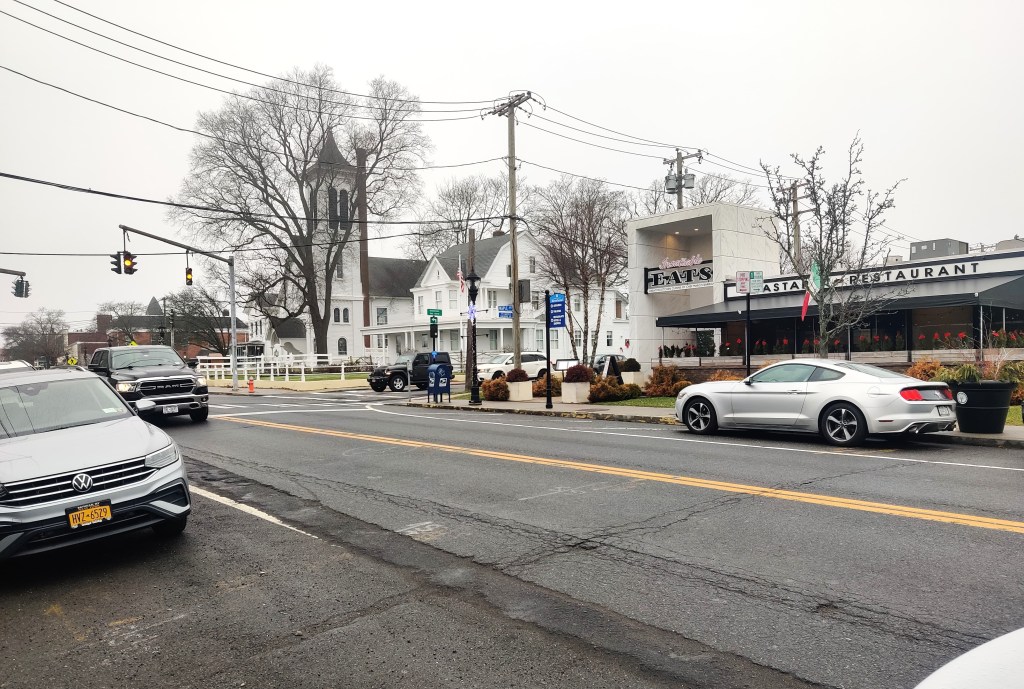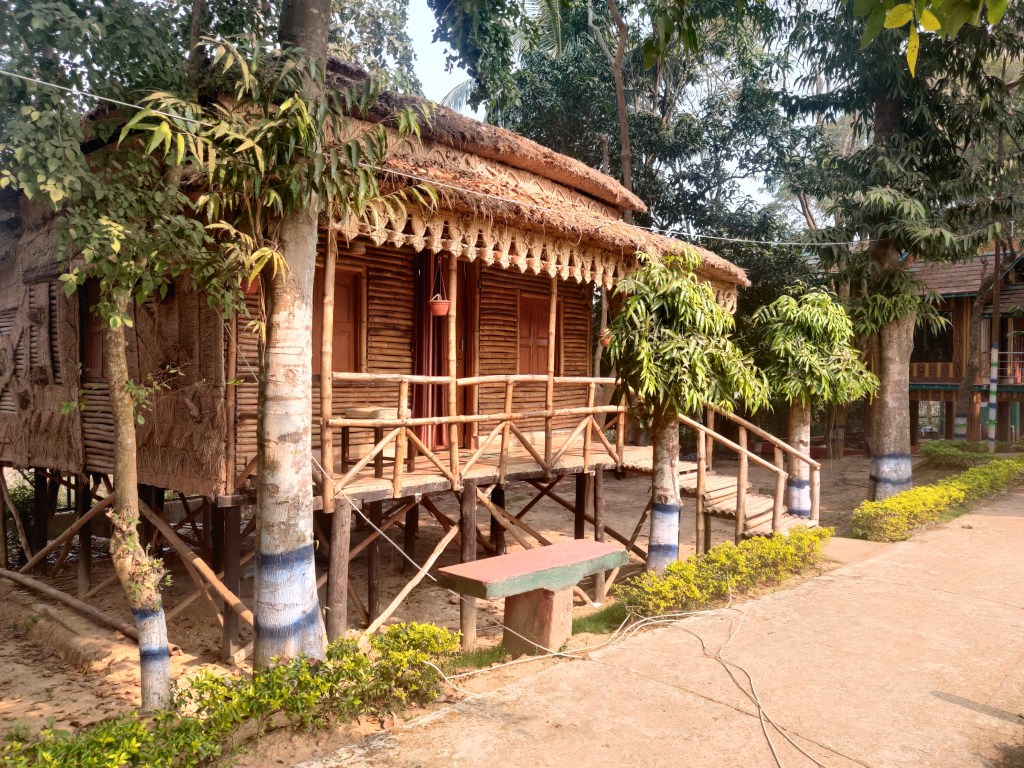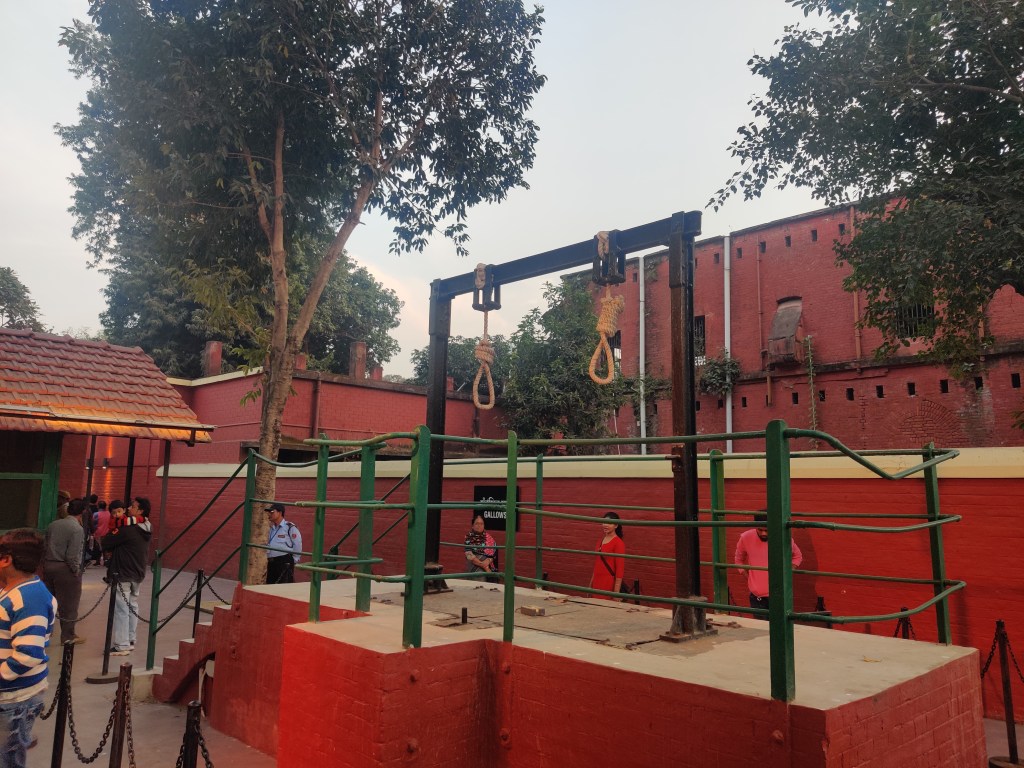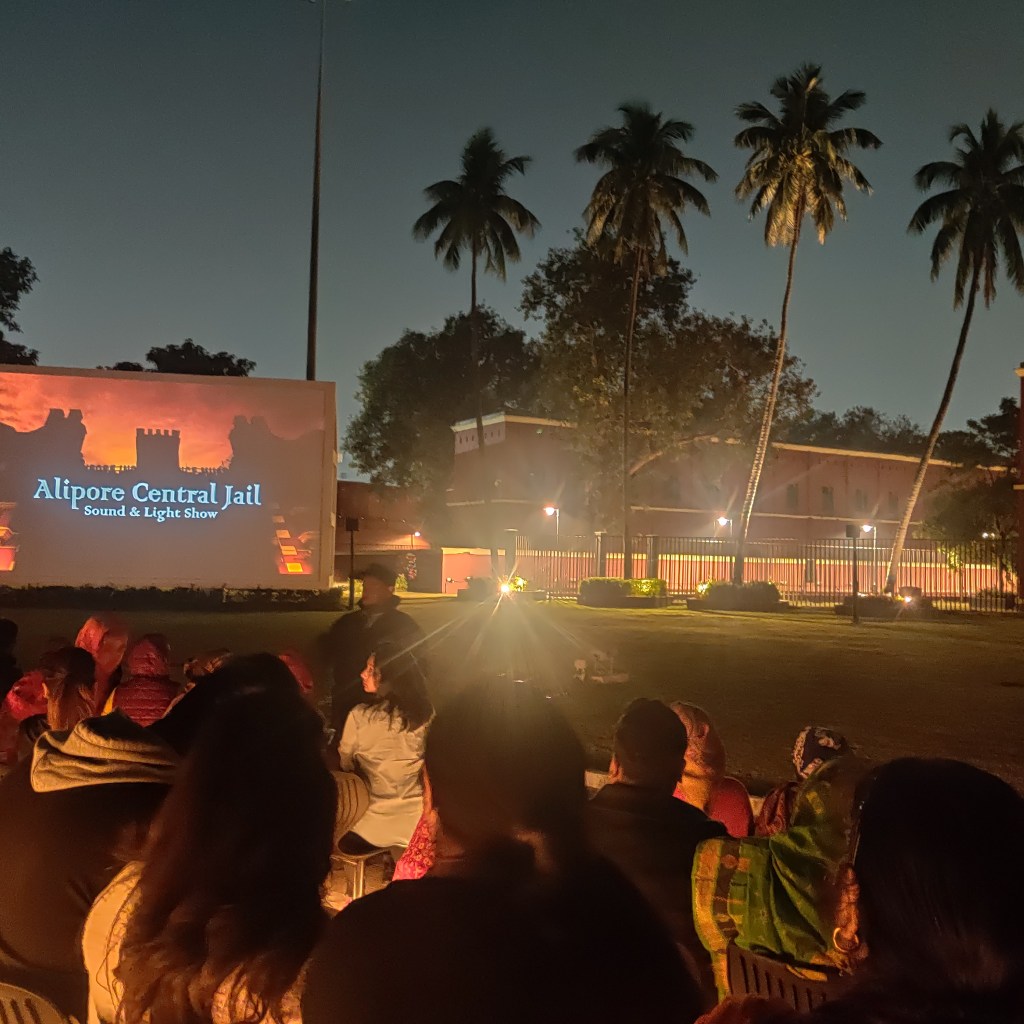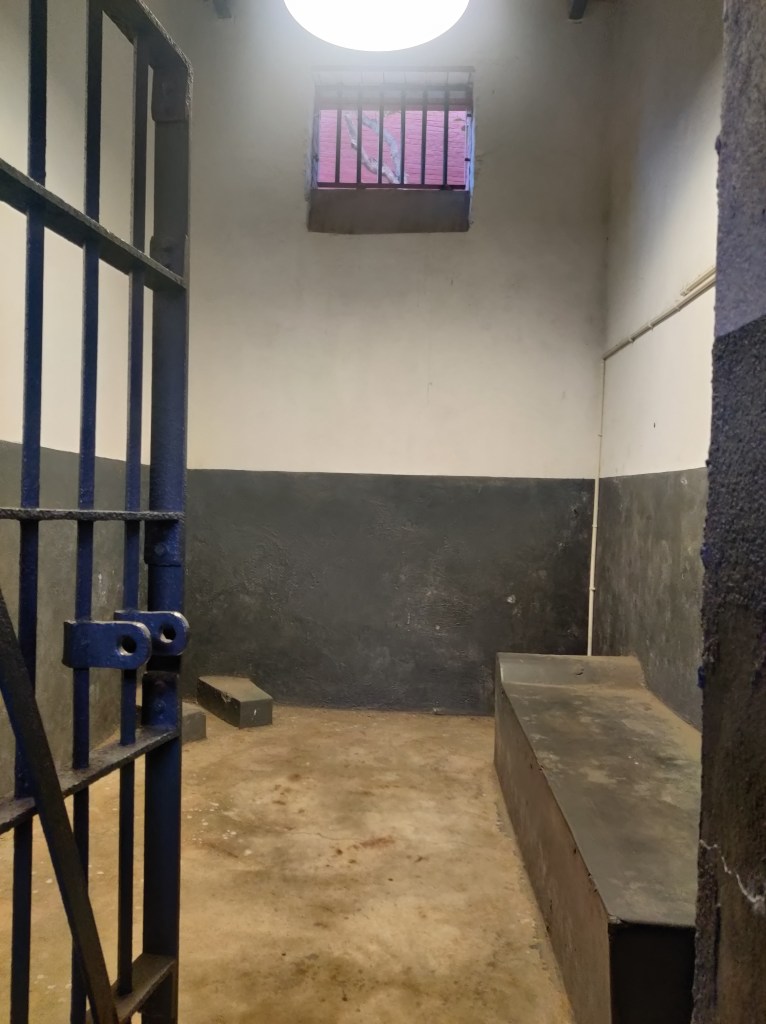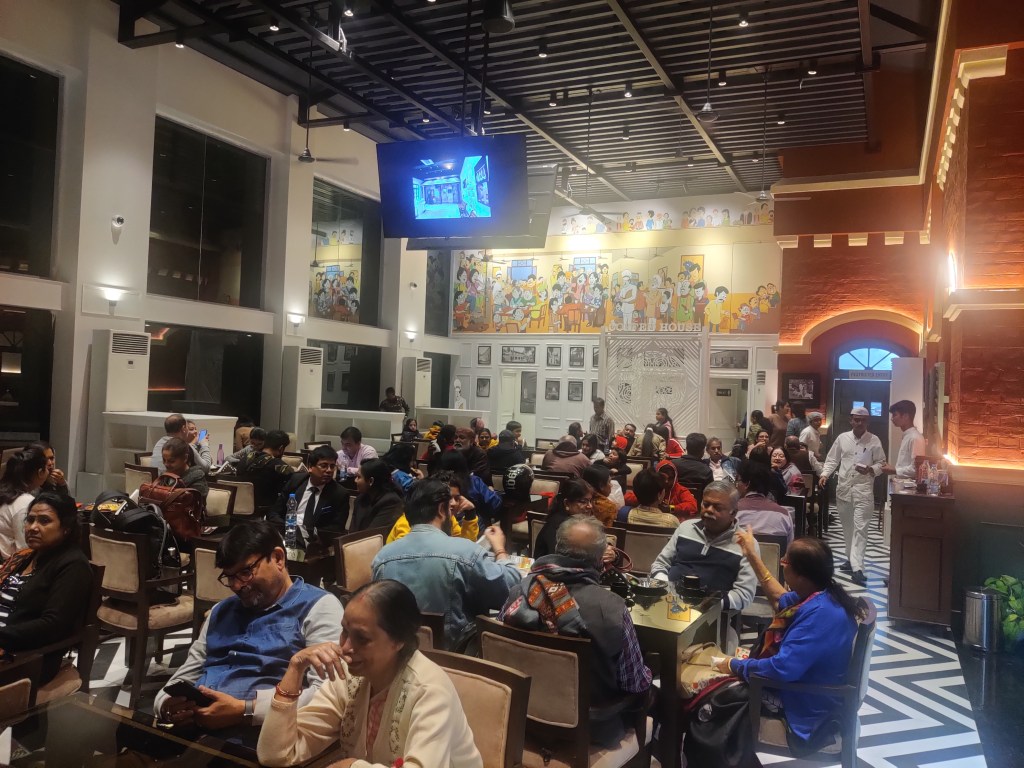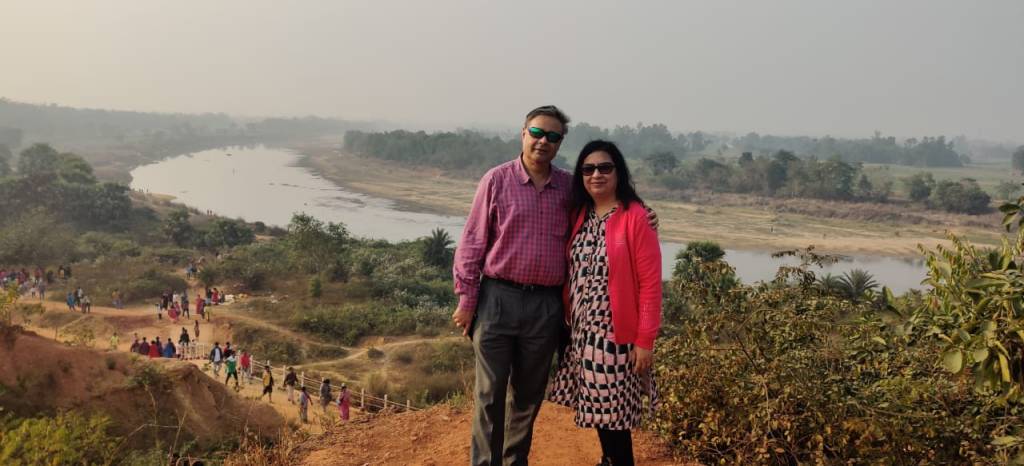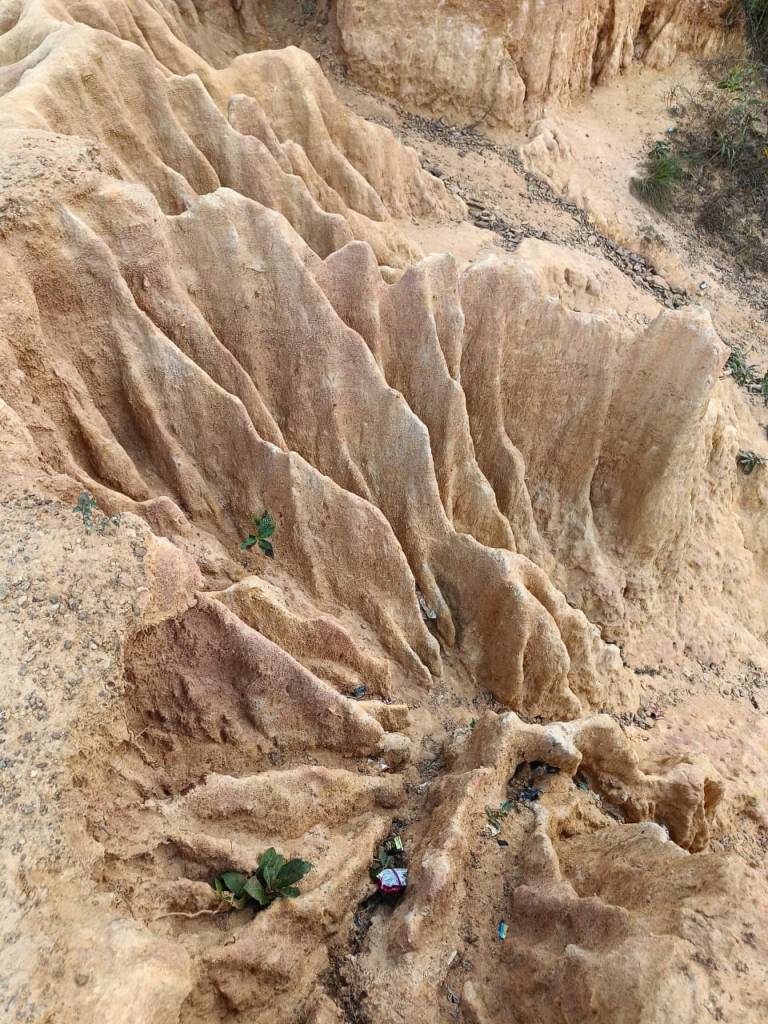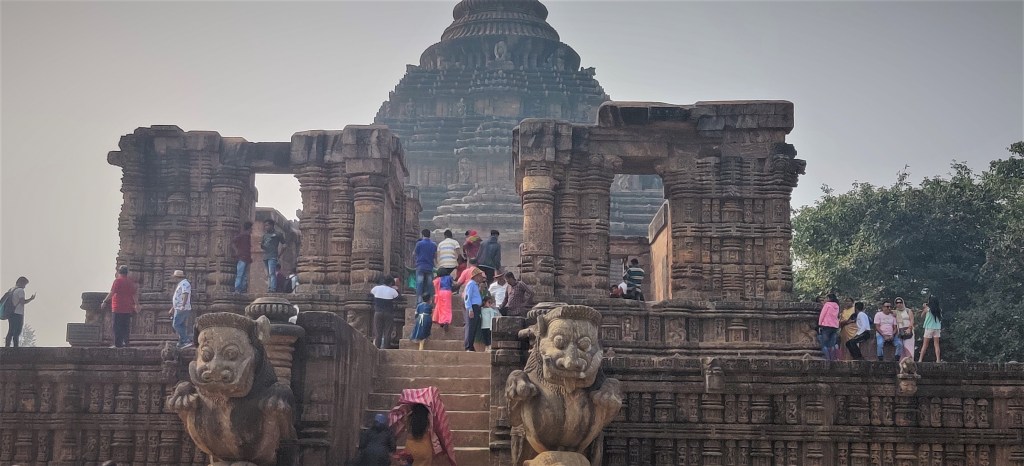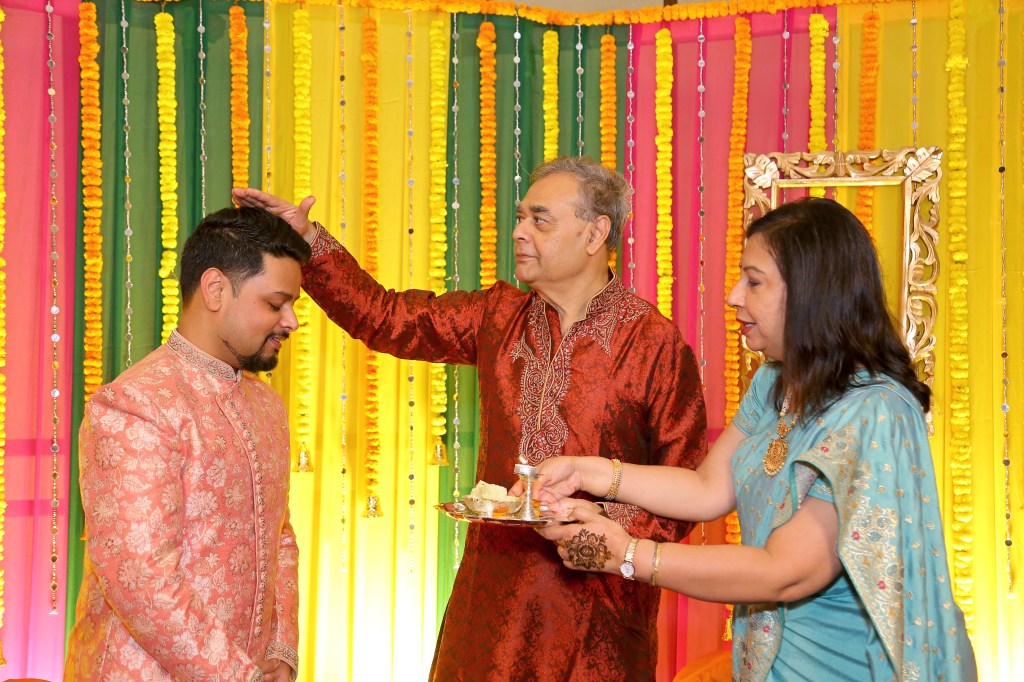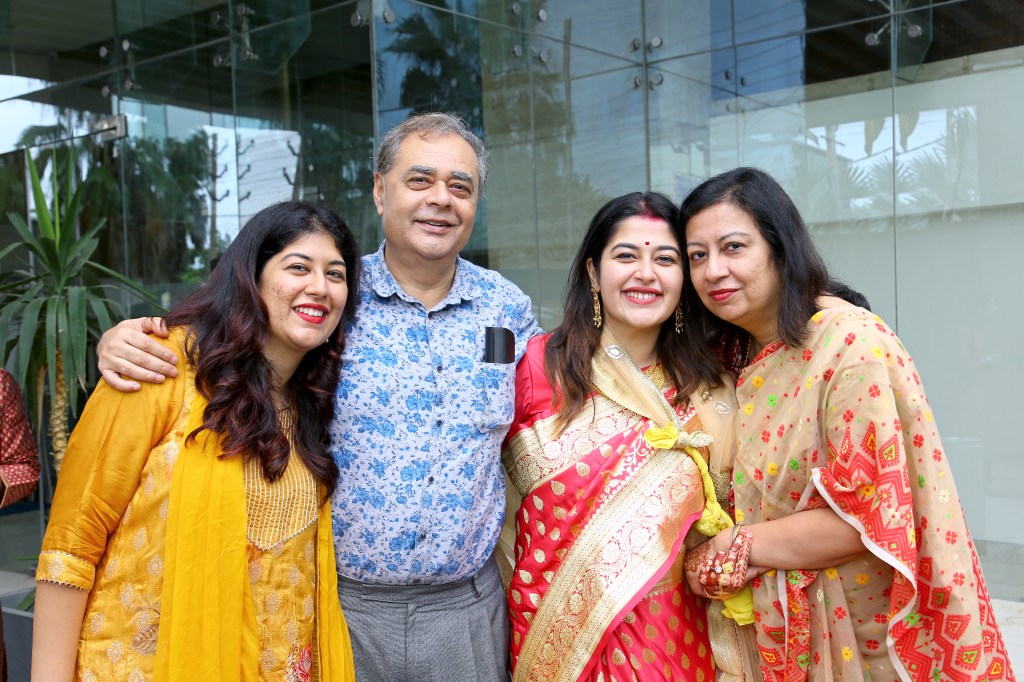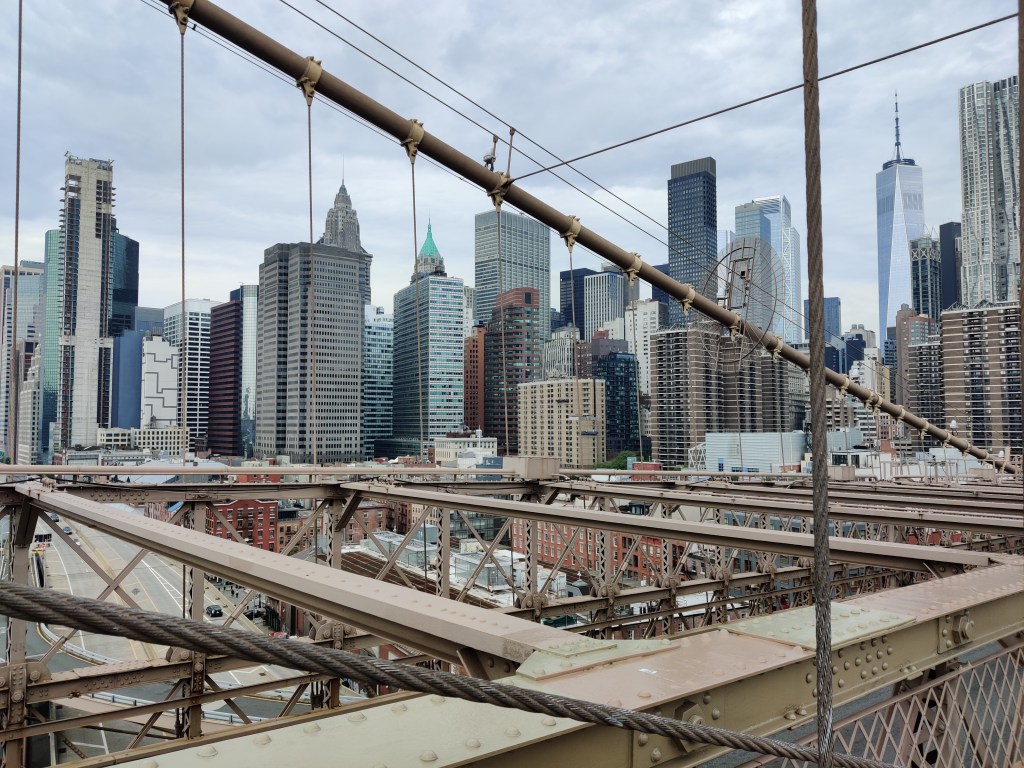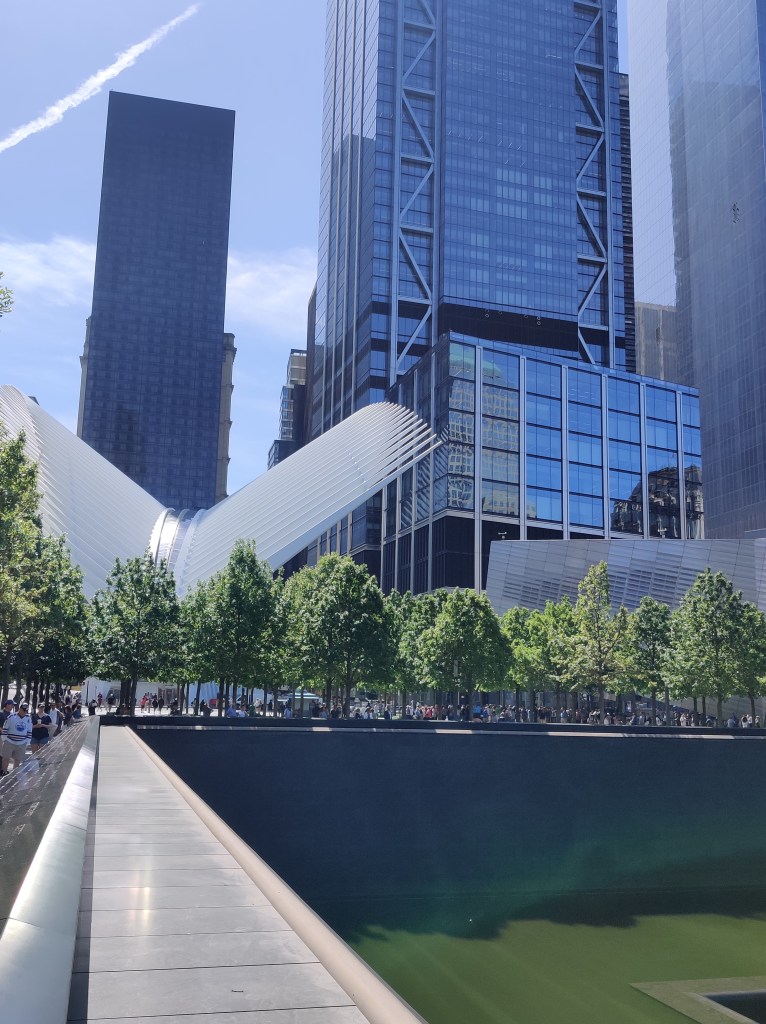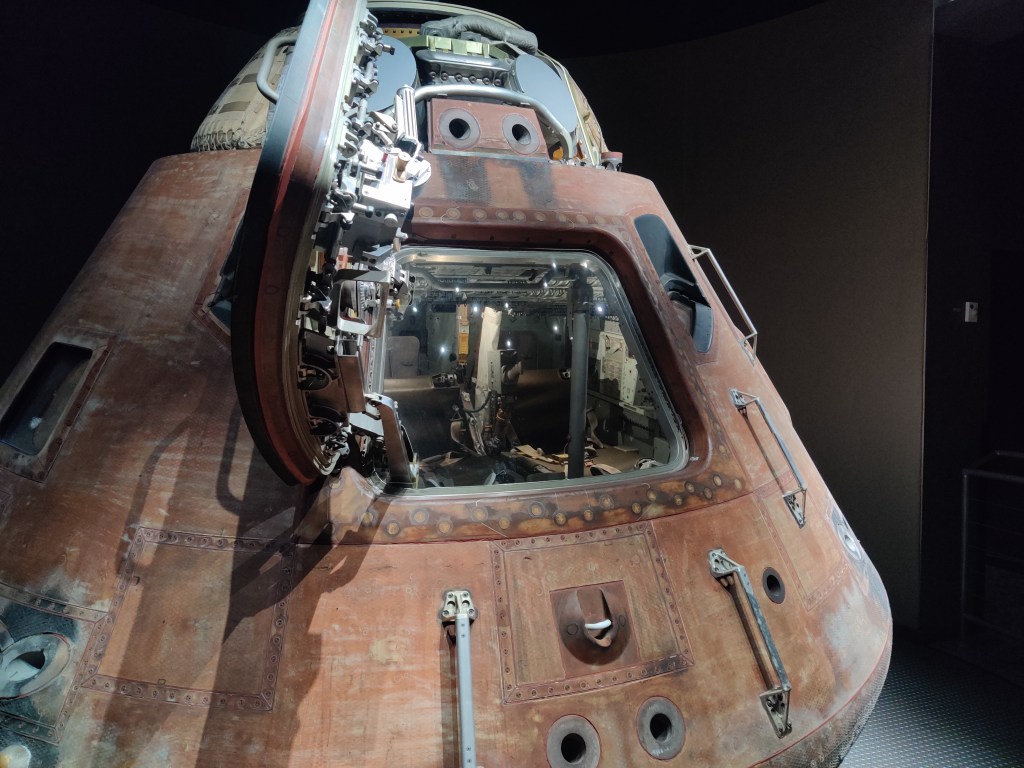Bethlehem, a narrative woven with care,
From missionaries’ prayers to steel’s fiery glare.
Through seasons of change, the city stands tall,
A testament to history, embraced by all.
On an invitation from a close friend, we decided to take a weekend trip to Bethlehem in the state of Pennsylvania. The road travel was a pleasurable one on the I-78 highway and it took just under one and a half hours even though there was a drizzle.
We exited the highway to find ourself in a quaint town with its residential suburb. Directions by the Google map was impeccable and we were soon at my friend’s place nursing a glass of wine and some welcoming starters in front of a brightly decorated Christmas tree.

The conversation soon veered to the fascinating aspect of how the New World has used so many names from the Old World for its own towns and places. So, it seems to have happened for Bethlehem. And therein hang a couple of tales.
Driving through Bethlehem town, one cannot fail to notice the Victorian architecture, presumably from colonial times. The historic part of the town looks just that, with gabled sidewalks and stairways going down to different levels. This dates back to the mid eighteenth century when Bethlehem was founded as a missionary community by a small group of Moravians. The location chosen was where two rivers join, the Monocacy and Lehigh. What is less known is that this was also the time when wars with the original Indian settlers were being fought in the region. In the book ‘Snow over Bethlehem’ chronicling events recorded in old Moravian diaries, author Katherine Milhous writes about a group of children taking refuge in the strong stone buildings of Bethlehem to escape from the ongoing Indian wars. As Christmas approaches, the town of Bethlehem and the children are saved from an Indian attack by a miraculous event.
In Bethlehem’s embrace, a tale unfolds,
A legacy scripted, in stories untold.
Moravian missionaries, with purpose divine,
Founded a haven, where faith did entwine.
During the American War of independence, in the latter part of the eighteenth century, many continental force veterans fled to Bethlehem as the British army advanced from the east. Amongst them was the French aristocrat Marquis De Lafayette who enjoyed a father-son relationship with Commander in Chief George Washington. The Marquis is arguably one of the most fascinating individuals in the pages of history. He was instrumental in trapping British General Lord Charles Cornwallis (future Governor General of India) and his troops in Yorktown which led to the British surrender and losing the war. Subsequently, during the French revolution, as the commander of the National Guard in Paris, the Marquis saved King Louis XVI and Queen Marie Antoinette from the fury of a crowd in Versailles and escorted them back to Paris. He subsequently supported the transfer of power from the aristocracy to the bourgeoisie. In remembrance, Lafayette was granted honorary citizenship of the US in 2002.
Bethlehem has a nice downtown and we drove through a nice medley of restaurants, storefronts and pleasingly architectured buildings. The centre of attraction, visible from a distance, were the five rusted blast furnaces of the erstwhile Bethlehem steel company. Now known as the steel stacks, they serve as a dramatic backdrop to a newly created art and entertainment district.

Bethlehem steel, a symbol of the American industrial revolution, came into being at the turn of the twentieth century. The steel plant supplied steel for many of the famed structures like the Empire state building, the Rockefeller centre and Chrysler Building on Manhattan to name a few. However, it achieved iconic status during the second world war when the corporation President promised Franklin D. Roosevelt, “Mr. President, we remain fully committed to your war effort and will build and handover one warship a day”. The company kept its promise and exceeded that by fifteen ships!
Smokestacks whispered tales of industry’s might,
Yet, in Bethlehem’s heart, shone a guiding light.
Amidst the clangour of progress, a spirit remained,
Of community, resilience, and dreams unrestrained.
Sadly, the company could not keep pace with evolving technologies and competition in the second half of the century and filed for bankruptcy a hundred years after it came into being. The steel stacks stand in mute testimony to a glorious industrial past.

Bethlehem is known as the Christmas City of US. As one drives through the suburbs and downtown, this becomes apparent with every building joining the festive mood with wondrous lighting and decorations. We decided to visit the Christkindlmarkt, the annual Christmas market. The market had been set-up in the steel stacks area and consisted of three massive tents full of traditional artisans displaying their craft, delicious food, knick-knacks and even ice sculptures. The German look and feel were overwhelming.
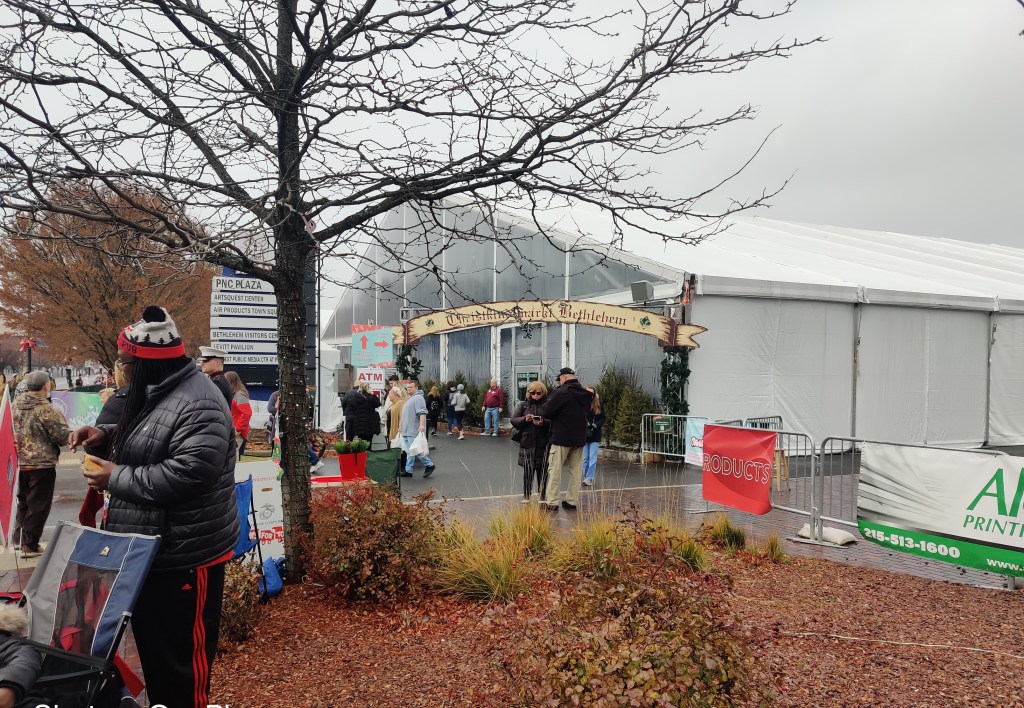

Even though a huge area had been designated for car parking, it was difficult to find a slot because of surging visitors.

As the embers of industry began to cool,
Bethlehem’s spirit endured, an eternal jewel.
From furnaces to festivals, the city transformed,
A Christmas market, where magic is performed.

My host mentioned about the star of Bethlehem in passing. I amusingly thought to myself, if Bethlehem is here, can the star be far behind. Sadly, we didn’t get the chance to spot the star of Bethlehem; we came to know that it is a cluster of LEDs installed at a place called the south mountain (we did not go there). Seems there has been a star on the south mountain since the 1930s.
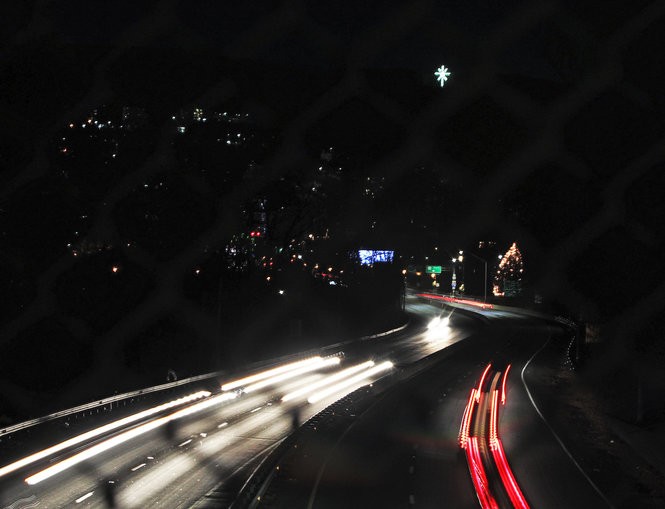
As we drove back, the Star of Bethlehem continued to be in my thoughts. How the three Magi from the East were guided by the star to Jesus’ birthplace in Bethlehem. How on that wintry night, some shepherds were in the adjoining fields guarding their flocks of sheep. And the depth of the parallel between the sheep being taken to Bethlehem to be sacrificed on Sabbath (Friday) and years later, Jesus Christ being led to Bethlehem and crucified on Sabbath. Did the star of Bethlehem see it all?
In musing……. Shakti Ghosal
Acknowledgement: Snow over Bethlehem by Katherine Milhous. Publisher: Charles Scribner’s Sons; First Edition (January 1, 1945)



